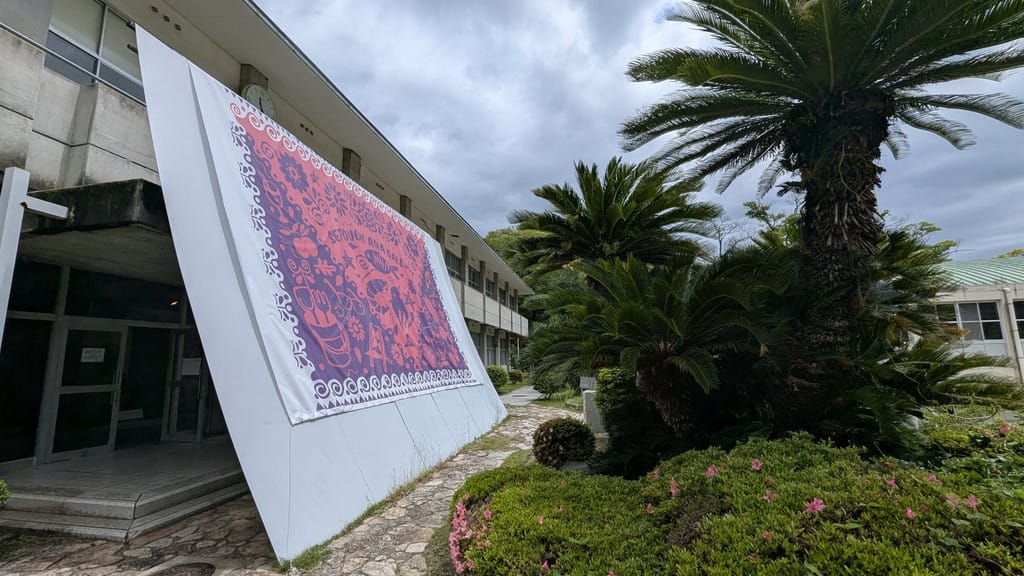Setouchi Asia Gallery on Shodoshima (Setouchi Triennale 2025)
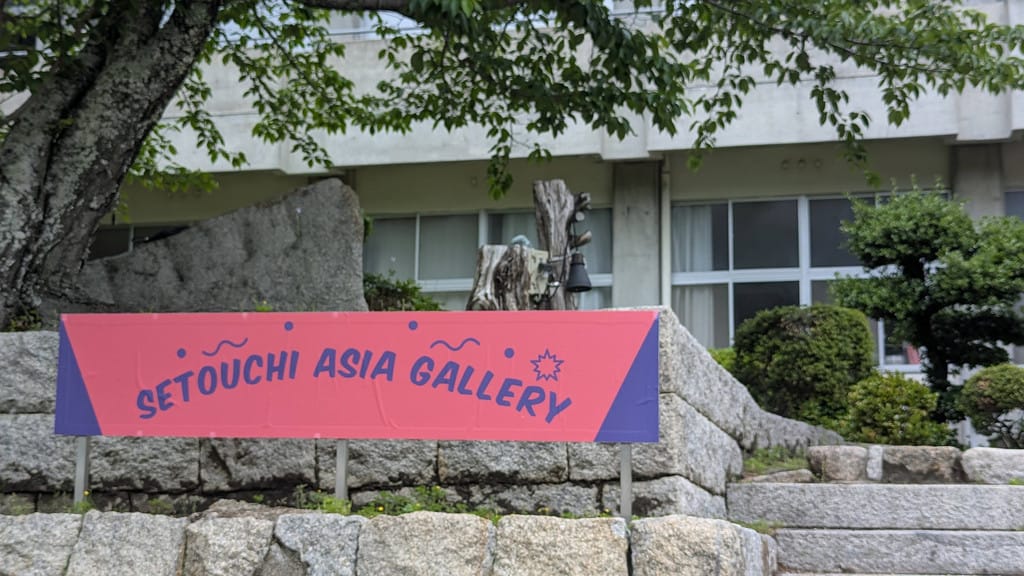
Today, I'm taking you to a place that very few foreign (or even Japanese) visitors get to see on Shodoshima.
First, most foreign visitors to the Setouchi Triennale seem to avoid Shodoshima altogether. Some avoid it out of ignorance; most avoid it because it's true Shodoshima is difficult to navigate without a car. It is possible to see everything without a car; buses will bring you to all the areas with art. However, those buses don't run frequently, and you'll need several days. Well, even with a car, you'll need several days. This spring, I focused mostly on the new art. It took me one and a half days, and I still haven't seen it all.
That weekend started with a trip on the "elephant ferry" to Ikeda on Shodoshima.
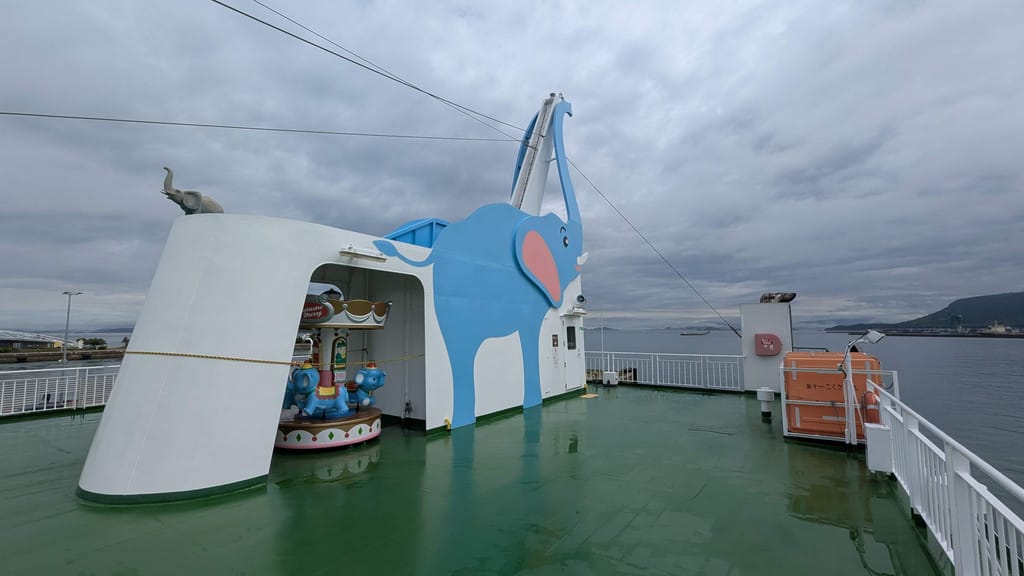
Most visitors ride the ferry to Tonosho when they go to Shodoshima. While Tonosho is the biggest town on the island and has many ferries, it may not be the best place to start your visit. Ikeda is more central and less crowded, so I usually prefer to arrive at the island through this port.
The focus of this post is in the village of Fukuda, located in the northeast corner of the island and it's called:
Setouchi Asia Gallery
Note that, although it's the most remote point of the island if you're coming from Takamatsu, there is a direct ferry from Himeji. Just so you know.
The name Setouchi Asia Gallery is new, but the place isn't. If you attended the Setouchi Triennale before, you might know it as Fukutake House.
It's the former village school, which was converted into a small museum in 2013. As its original name indicates, it was an "annex" of the Benesse Art Sites, which can be found on Naoshima, Teshima, and Inujima. It was probably also an attempt by the Fukutake Foundation (Benesse) to expand beyond those three islands. It expanded to Megijima a bit, too, with Shinro Ohtake's Mecon and Leandro Erlich's The Presence of Absence. However, it's now under the management of the Setouchi Triennale's organizing committee, as is most of the art on the islands.
I'm not sure what happened. Perhaps the location didn't attract enough visitors, despite its name and the importance of the featured artists. It may also be related to the opening of the Naoshima New Museum of Art, as it serves a similar purpose to that of the former Fukutake House. In fact, some of the art that was in the Fukutake House in 2022 can now be found on the top level of the Naoshima New Museum of Art.
In any case, it's now independent from Benesse, but it still serves the same purpose: exhibiting Asian art.
Before I show you what's inside this year, I'll mention that there are three ways to get to Fukuda from Tonosho or Ikeda. You can go along the north coast of Shodoshima, through the mountains, or along the east coast. All three routes are scenic and show you the natural side of Shodoshima.
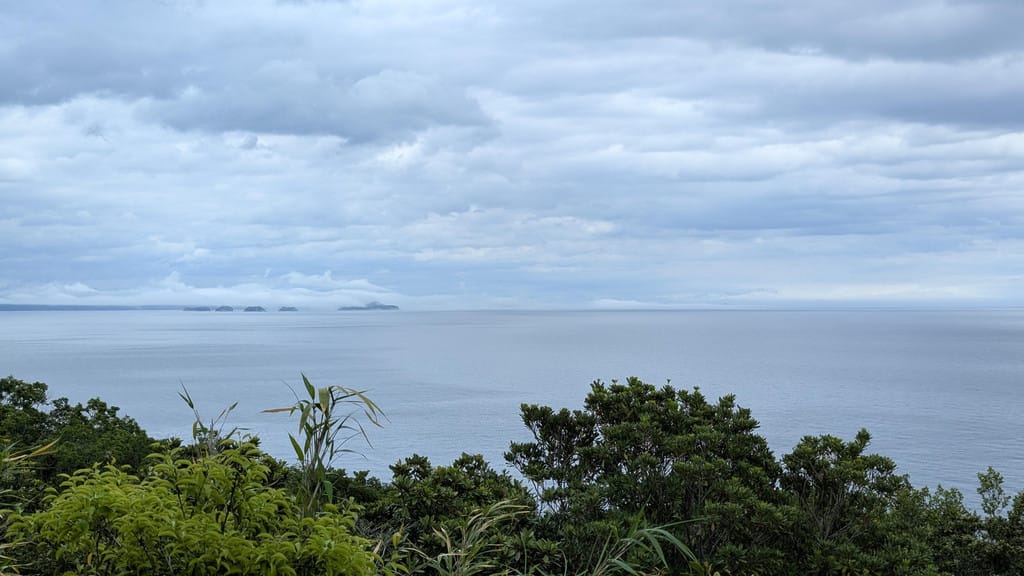
In the background, you can see the Ieshima Islands, which are located halfway between Shodoshima and Himeji. The coast behind them is probably Himeji.
I mentioned the natural side of Shodoshima, but I should have said its "wild side." Here's the kind of encounter you can have on these roads:
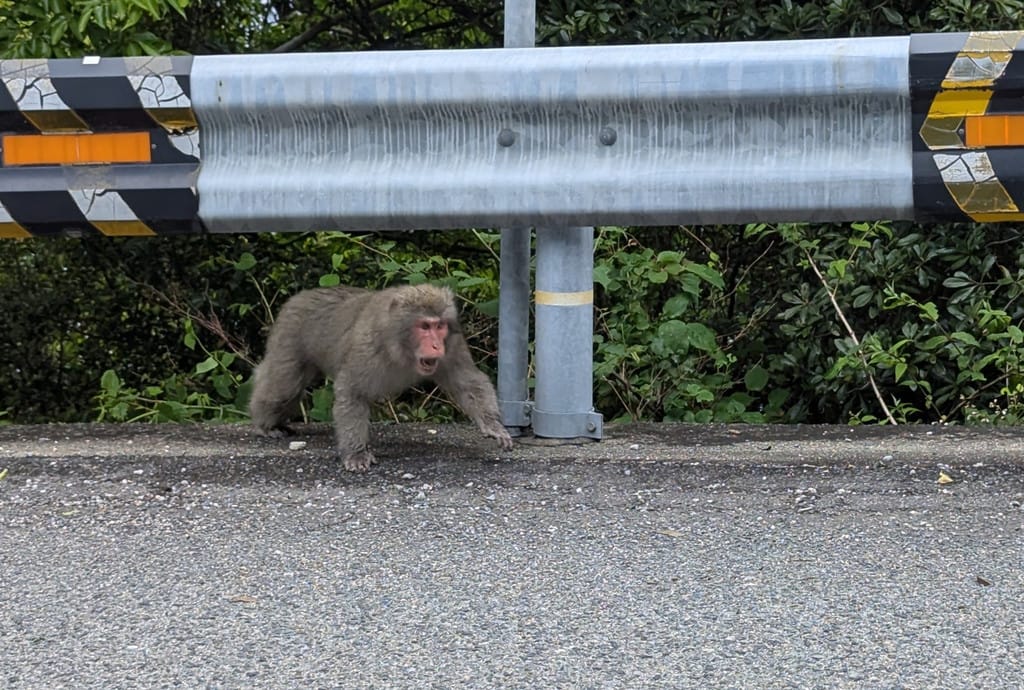
Shodoshima is the only island in the area with wild monkeys, and they're often seen on the side of the road. This monkey was not happy that I stopped to take a picture without asking. So, I didn't stay long (don't mess with monkeys, ever).
Finally, we arrived in Fukuda at the Setouchi Asia Gallery:
